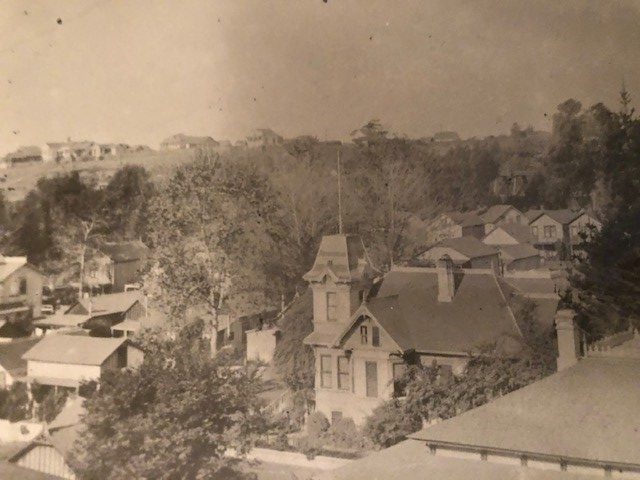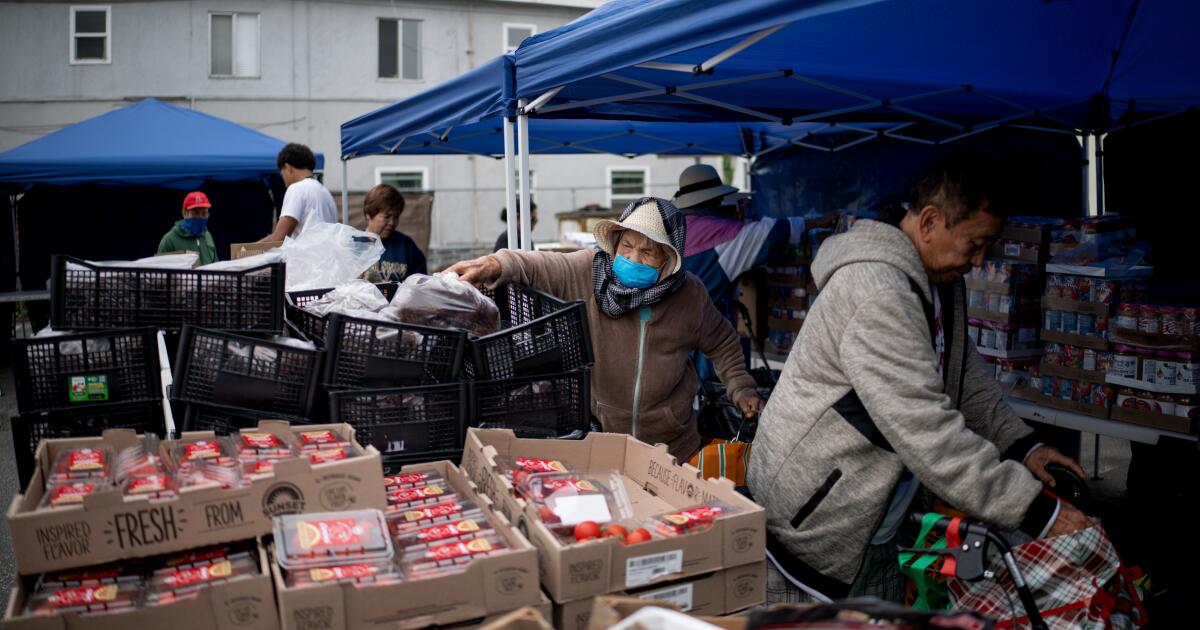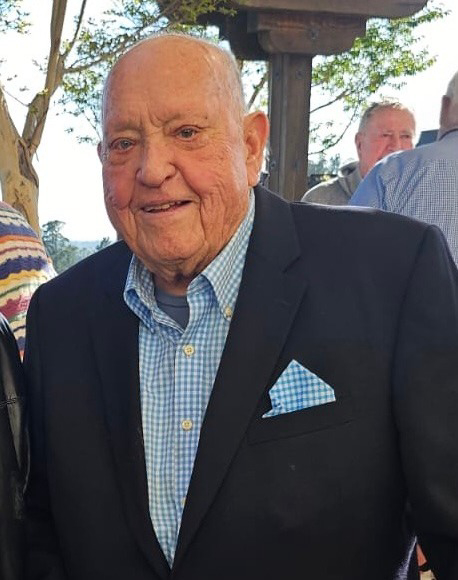In celebration of German American Heritage Month, the historical significance of the Van Syckle House in Capitola Village is being highlighted. This residence, located on Cherry Avenue, holds the distinction of being the oldest year-round home in the area, constructed in 1887 by German immigrant Henry Van Sickle.
The Van Syckle House exemplifies the Eastlake Stick style of architecture and was built at a cost of $4,000. Originally featuring 17 rooms and a distinctive tower, this historic property is part of the first subdivision developed by fellow German immigrant Fredrick Augustus Hihn. Hihn, who arrived in the United States in 1849, amassed considerable wealth by purchasing extensive lands in Rancho Soquel.
Hihn’s subdivision, situated between Capitola and Cherry Avenues, attracted many of his compatriots from the Turn Verein, a social and athletic organization based in the Santa Clara Valley. This initiative encouraged fellow German immigrants to acquire vacation properties in the picturesque resort area of Capitola.
The legacy of the Van Syckle House not only reflects the architectural style of its time but also embodies the immigrant experience in California during the late 19th century. As a part of the community’s heritage, it stands as a testament to the contributions of German Americans to the cultural landscape of the region.
Today, the Capitola Historical Museum houses photographs and artifacts related to the Van Syckle House and its original owner, providing insight into the life of Henry Van Sickle and his impact on the local community. The preservation of such landmarks is essential for understanding the rich tapestry of history that shapes modern Capitola.
As communities reflect on their diverse heritage this month, the story of the Van Syckle House serves as a reminder of the enduring legacy of immigrants in the United States and their role in enriching the cultural fabric of American society.







